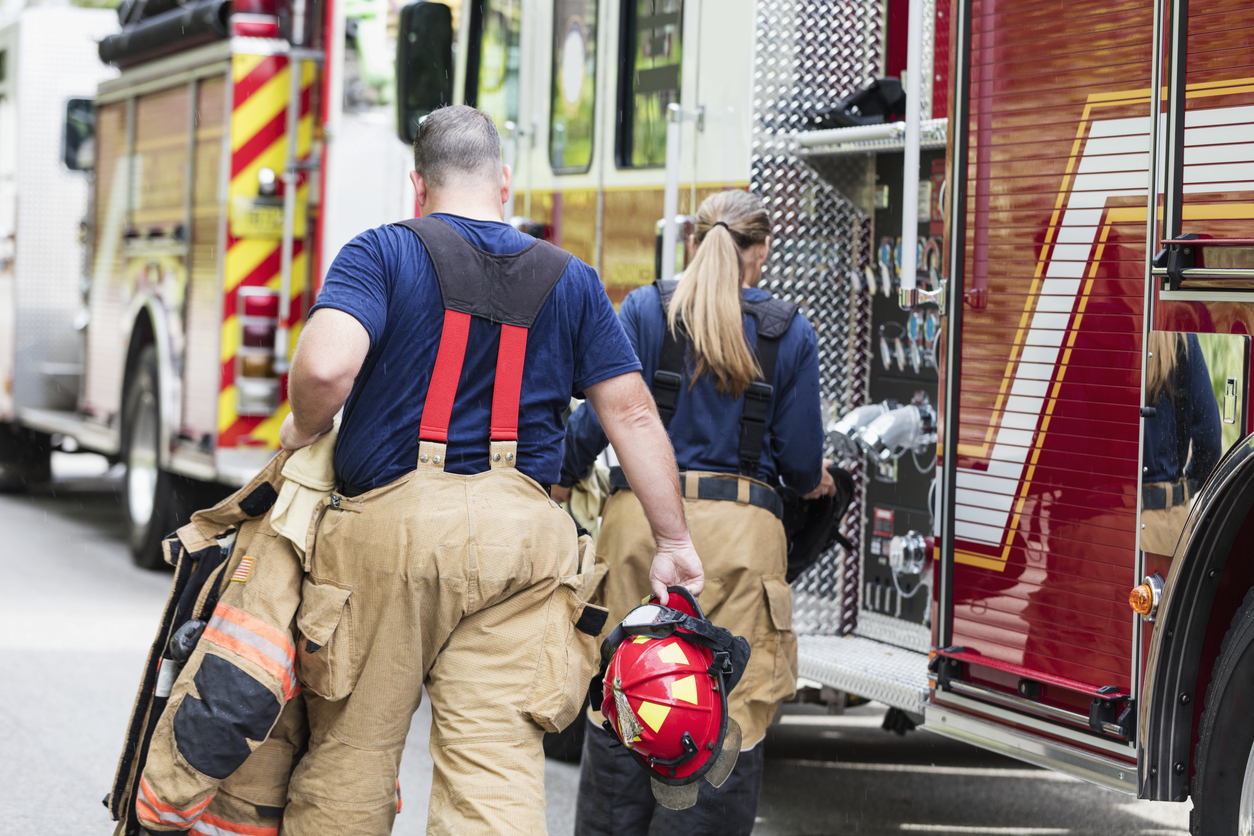
First responders handle stressful situations regularly. It’s practically in the job description. Fire departments deal with life and death, trauma and uncertainty as a matter of course. Even so, there is nothing that could have prepared them — and the rest of the world — for what they’ve faced over the past year.
The first stirrings of SARS CoV-2 came at the end of 2019. The news coming out of China put scientists and public health officials on alert, but it wasn’t enough to truly alarm anyone just yet. It took a few months before people started to understand how harmful this virus was and how bad things could get. Even then, obtaining reliable information was difficult, at best. Fire Departments were called upon as first responders to step up to the plate and help the country navigate a pandemic that rapidly took control of the world. How did they manage?
Attempts To Gain a Foothold
Confusion reigned in the early days. As scientists scrambled to understand the novel virus and how it spread, the federal government neglected to coalesce around a concerted effort to combat the pandemic. While the Centers for Disease Control and Dr. Fauci did what they could with their resources, fire departments were left to manage the increasing day-to-day calls from people who were falling sick with the highly contagious illness.
Fire departments had to establish new guidelines for operations and responses, but these guidelines frequently changed as the information about the virus evolved. The recommendations coming out of the CDC were challenging to keep up with. Controversy swirled around calls for mask-wearing, social distancing, and shutdowns. While some citizens panicked and others never seemed to grasp the pandemic’s seriousness, firefighters continued to join the frontlines to fight the devastating disease.
Sacrificing for the Greater Good
Firefighters risk their lives to save the lives of others every time they enter a burning building. This situation called on them to do so daily while dealing with budget cuts, restrictions, and hiring freezes. They also had to watch as many firefighters — including team members — and other first responders succumbed to COVID, not to mention the friends, family, and community members they had to witness also lose their battles against the virus.
Fire departments established new daily protocols typically reserved for hazmat and radiologic responses. To protect themselves, they no longer responded to calls without personal protective equipment. Training and meetings occurred in virtual environments. Small-team drills looked different than they had in the past. For firefighters, their jobs took on a new meaning.
Seeing Some Hope
Even as questions arise about new variants and loosened restrictions, the availability of three vaccines and a new federal push for vaccination support provide a sense of relief. While the year has been overwhelming for fire departments across the nation, there is hope that the country could start to pull itself out of the pandemic’s grip.
About Provident Fire Plus
At Provident Fire Plus, we offer custom tailored packages to best protect firefighters and volunteer firefighters. We understand the risks that emergency response teams are subjected to on a daily basis, and have worked to serve these dedicated professionals for over 87 years. For more information about our products and policies, we invite you to contact our experts today at (855) 201-8880.

